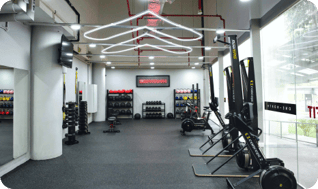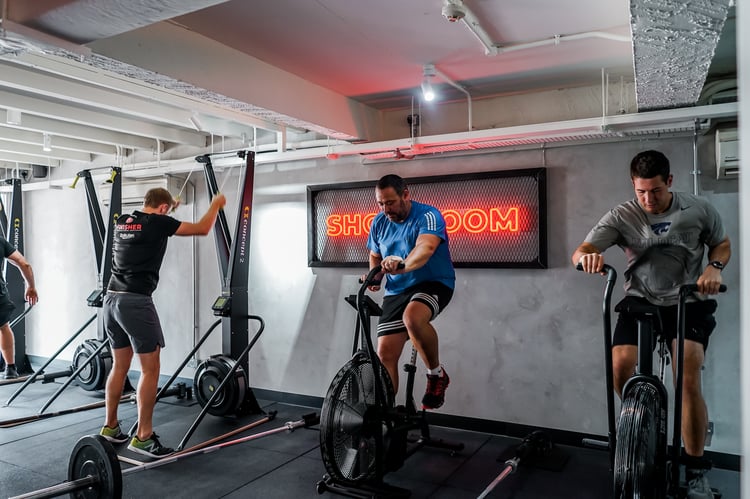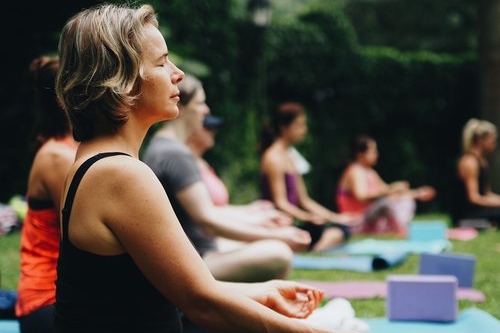Be an all-rounded ‘athlete’!
You've done your favorite workouts regularly for years, and think you're in pretty good shape. But when a less athletic friend suggests you go skating along East Coast, you're shocked that you can't keep up.
By incorporating different styles of training into your workout routine - eg mixing fitness classes with some weight-based personal training in the gym and endurance activities such as running, you are setting yourself up to be an excellent all-rounder:
It keeps you motivated!
No matter how much passion you have for one type of training, if you do it often enough or with excessive repetition it will become boring. Cross-training helps you maintain your enthusiasm whilst you train better and more consistently.
Anything you can do to increase your motivation to exercise is worth doing. For example, if you don’t feel like doing a strength training session today, but would be perfectly happy doing a yoga session or just feel like some bodyweight work, then do an outdoor class instead! You'll end up better off than the person who is lacking motivation or does nothing at all.
You Improve your Whole Body Fitness
While professional athletic trainers used to believe it was important to work mostly on those muscles directly relating to a particular sport or activity, it is now known that cross-training to engage other parts of the body and regenerate overused ones is a much better approach. All sorts of professional athletes, from rugby players to tennis players to swimmers include some kind of cross-training in their regime.
Also including a variety of activities into your routine ensures you will be more functionally active. For example, climbing stairs, bending down to pick up your child, or taking the dog for a walk takes much less effort when you're balanced and functionally fit.
Injury Prevention
When we do the same training style repeatedly our body doesn't always get a chance to fully recover between sessions. For example, if you run a lot, your ankles, knees, and lower back will take a beating and you should mix that up with strength work to get more out of your related muscle groups and take the pressure off your most vulnerable joints, muscles, and connective tissues.
If you’ve just completed a big race or event after a rigorous training program, doing a completely different style of training will allow your mind and body to have a break and any over-used muscles to rejuvenate.
Rehabilitation
When an overuse injury does develop, cross-training comes to the rescue by helping you maintain your fitness despite forcing you to correct the cause of the injury. So if you’re in the frustrating position of not being able to train as normal just yet, you can modify your training to maintain your fitness and keep your sanity intact. If you’ve injured your ankle at an outdoor class you can work on getting that toned upper body you’ve always wanted in the gym with some weights, whilst you maintain your fitness with the ski-erg. You can do this with or without physiotherapy.
Active Recovery
It’s often forgotten that the most effective training includes rest and recovery. Periods of outright rest are obviously essential, but active-recovery workouts in your program can make you fitter and stronger than somebody who gets too much rest. This is particularly true if you are training more rigorously for a running or endurance event.
Ways to Cross-Train with UFIT!
You don't need to go very far to keep your training interesting and fulfill your fitness and mobility needs. We've got it all right here!
1. Get stronger with weights at the gym
2. Enhance your fitness and endurance with our Classes
3. Energise, strengthen, or mobilIse with physio-based PT or Pilates.


.png?width=301&height=187&name=Website%20Navigation%20Images%20(3).png)

-1.jpg?width=1984&height=1196&name=UFIT%20Club%20Street%20Front%20(4)-1.jpg)







